Introducing the charming Black-naped Monarch (Hypothymis azurea), or sometimes referred to as the Black-naped Blue Monarch. This adorable little bird is part of the monarch flycatcher family and can be found in regions of southern and south-eastern Asia.
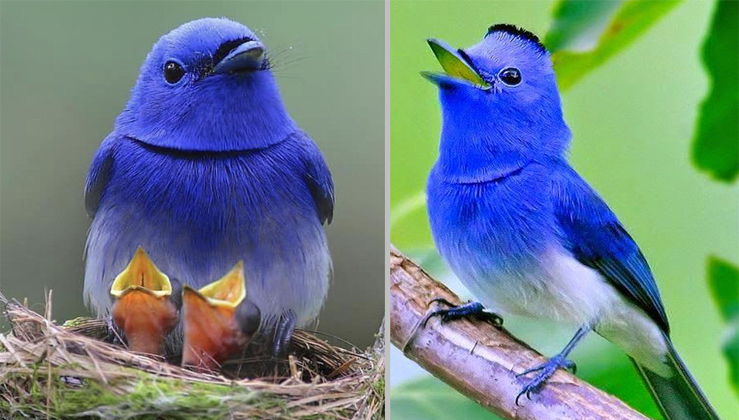
The bird species is known for the male’s bright blue feathers and a black patch on its head. There is a clear difference between the male and female, with the male having a narrow black half collar and the female being duller with olive brown wings and no black markings on the head.
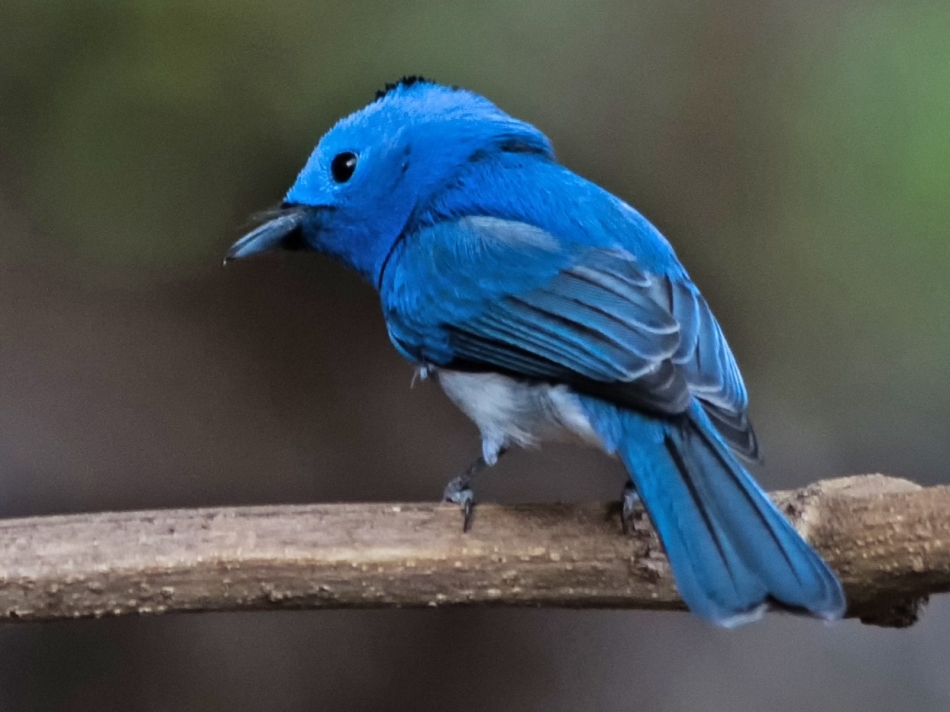
The black-naped monarch is known for its call, which is similar to that of the Asian paradise flycatcher. These birds can often be found in mixed-species foraging flocks in tropical forests. Although populations vary slightly in their size and plumage color, they are all part of the same species. The black-naped monarch was first described by Georges-Louis Leclerc, Comte de Buffon in 1779 in his book Histoire Naturelle des Oiseaux. In addition, François-Nicolas Martinet illustrated the bird in a hand-colored plate that was produced under the supervision of Edme-Louis Daubenton to accompany Buffon’s text.
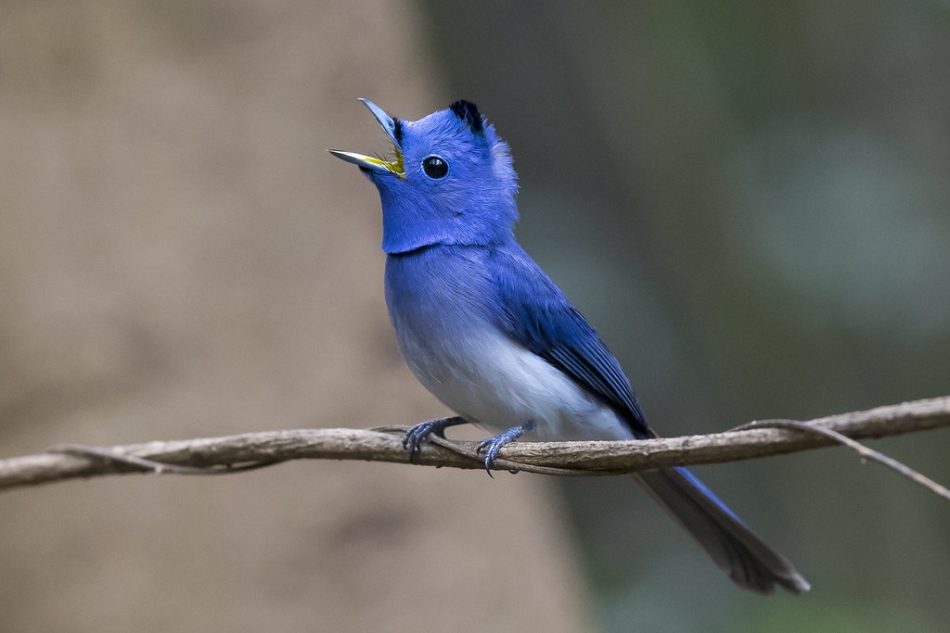
The black-naped monarch is also known as the black-naped blue monarch and black-naped monarch flycatcher. According to some experts, the H. a. blasii (Banggai Island) and H. a. puella (Sulawesi) subspecies formerly belonging to it are now classified as subspecies of the pale-blue monarch (Hypothymis puella).
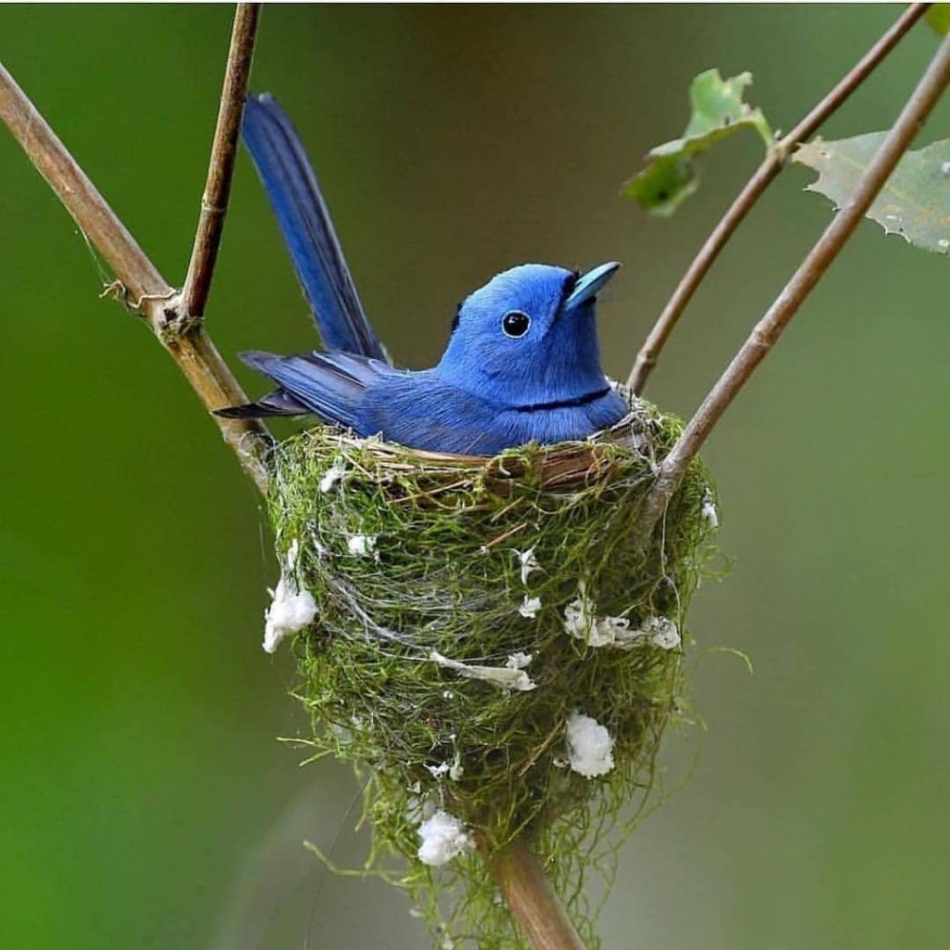
The male black-naped monarch bird is approximately 16 cm in length and mostly light blue, with the exception of its whitish lower belly. It also has a black nape and a thin black collar. On the other hand, the female is less vibrant and has no black markings. Its wings and back are colored in a dull grey-brown hue.
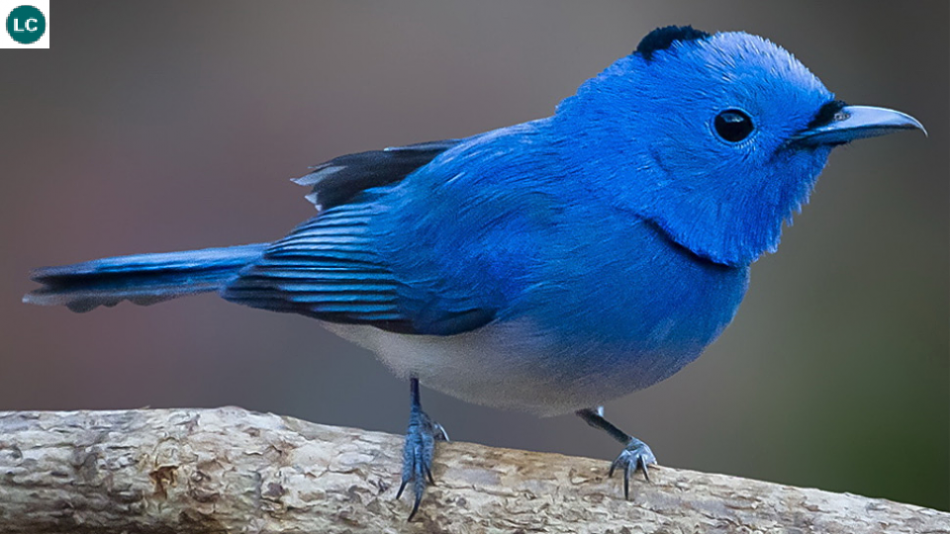
The female counterpart of the bird species is less striking since it does not have the bold black markings. Its wings and back are generally a shade of grey-brown. Nonetheless, there are various breeding populations found in different areas that exhibit varying degrees of markings. For instance, the Indian peninsula has a subspecies called H. a. styani (which also encompasses H. a. sykesi belonging to Stuart Baker). In this subspecies, the males have very prominent black markings and a whitish abdomen.
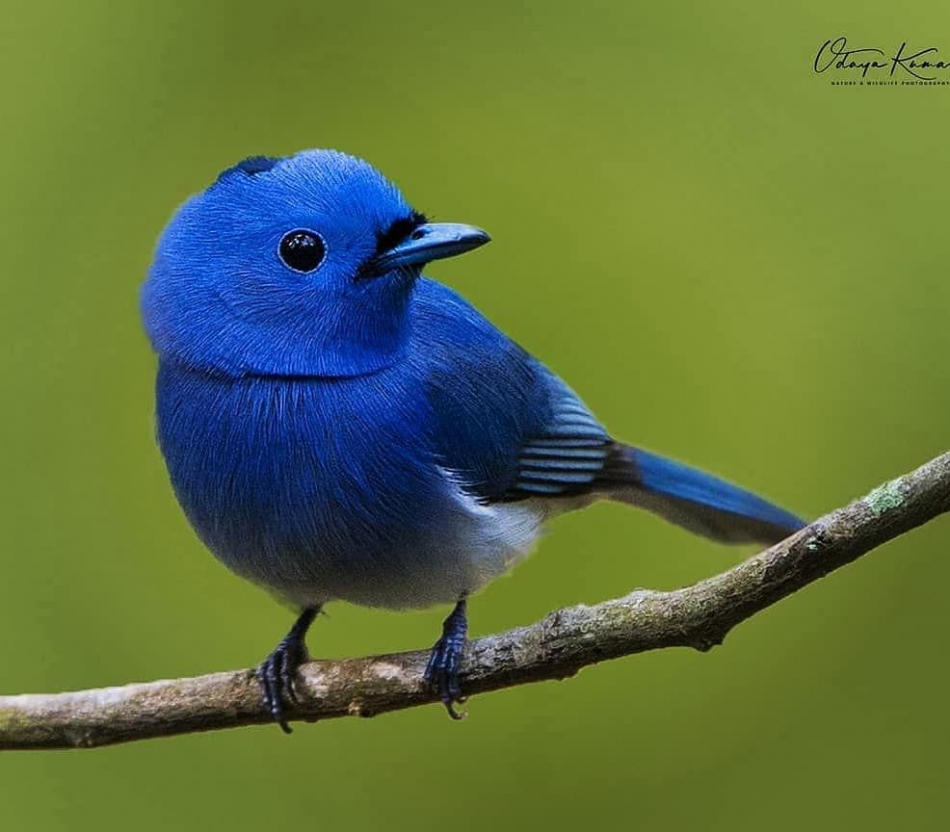
The Sri Lankan H. a. ceylonensis males have a different appearance compared to other subspecies. They don’t have the black nape and gorget, and their shade appears more purplish. On the other hand, H. a. tytleri from the Andaman Islands has blue-grey underparts. Meanwhile, the Car Nicobar Island subspecies, H. a. idiochroa, has a greyish-white belly. The southern Nicobars’ H. a. nicobarica has a smaller and finer bill, and the gape color ranges from yellowish to green.
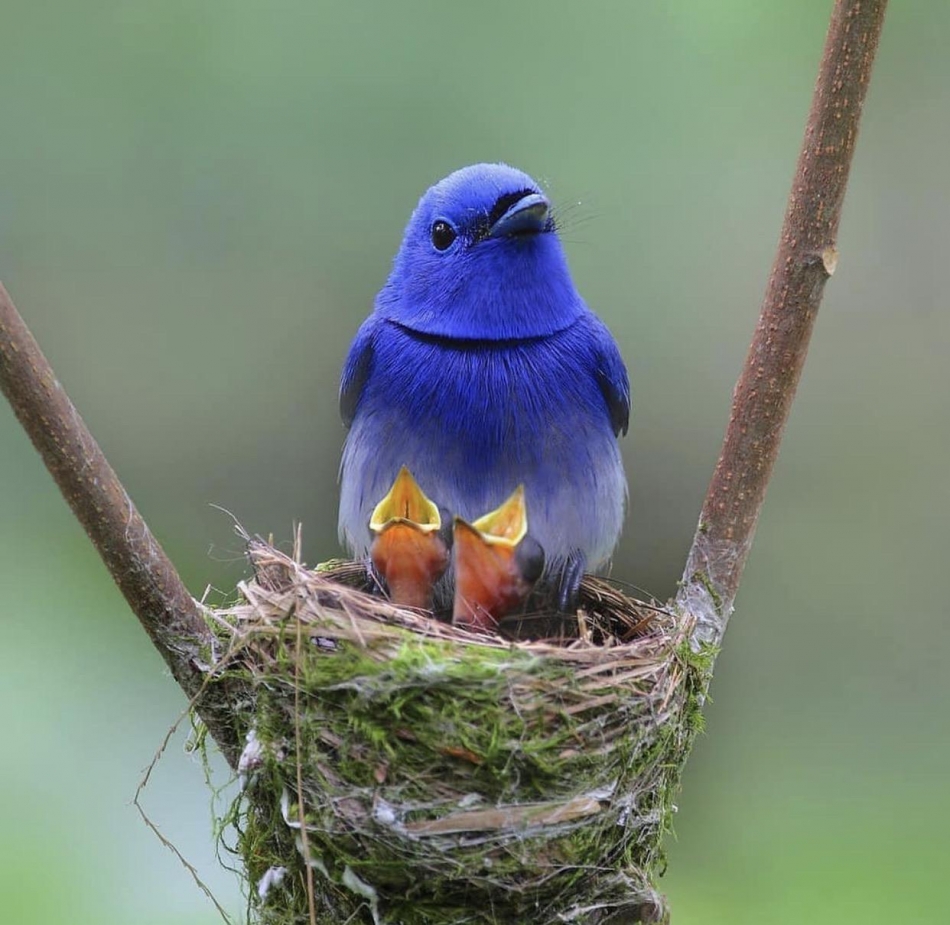
The black-naped monarch can be found breeding in tropical southern Asia, specifically from India to Indonesia and the Philippines, including Sri Lanka. These birds prefer areas with dense forests and plenty of trees. While they tend to stay in one place, they may move locally during certain seasons.
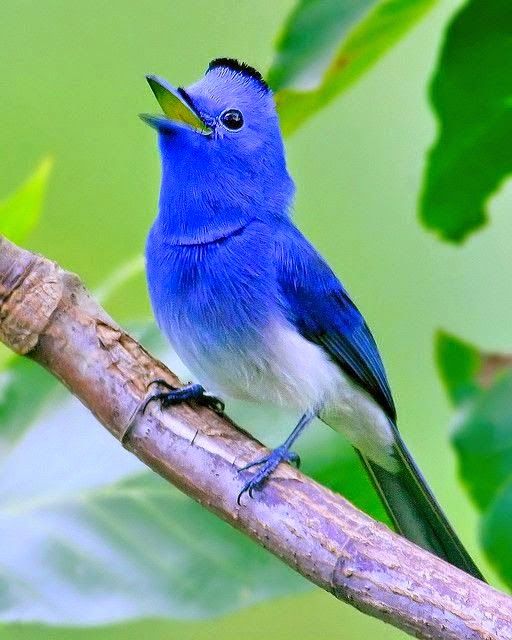
In India, the breeding season takes place from March to August, during which time the birds construct their nests in a neat cup shape nestled in a fork. The cup is carefully lined with filaments of webbing and fungi, including certain types of Marasmius fungi known for their antibiotic properties that may serve to protect the young birds from infection. The female bird is responsible for constructing the nest while the male stands guard. Usually, a clutch consists of three eggs that both parents take turns incubating and feeding until the young hatch approximately 12 days later.
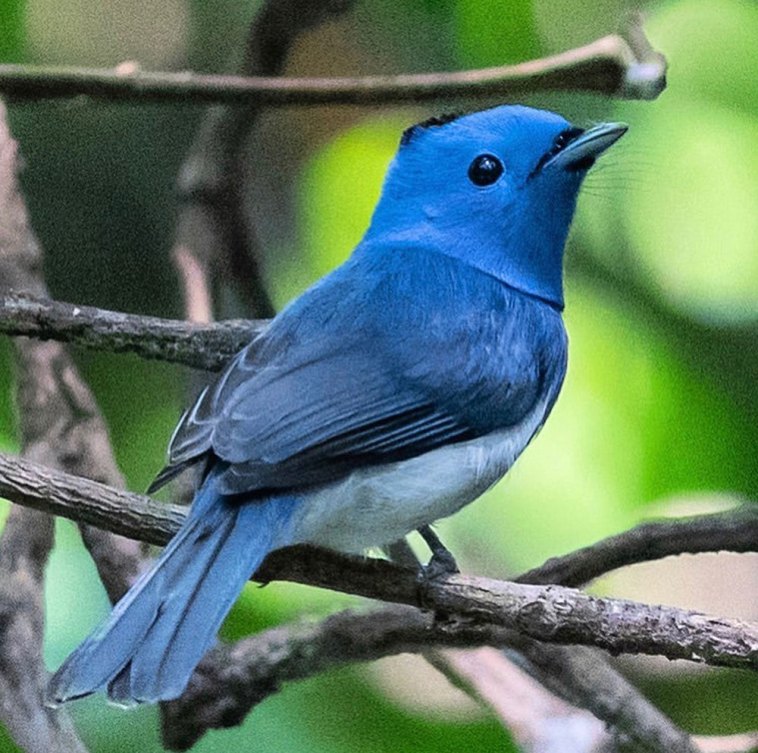
Large spiders, including Nephila maculata, have been found to ensnare birds in their webs. A new type of virus called astrovirus was discovered in a black-naped monarch bird in Cambodia, a virus that was not previously known to affect passerines. The Proterothrix hypothymis feather mite, belonging to the Pterodectinae family of Protophyllodidae, has been identified in black-naped monarchs living in Vietnam.
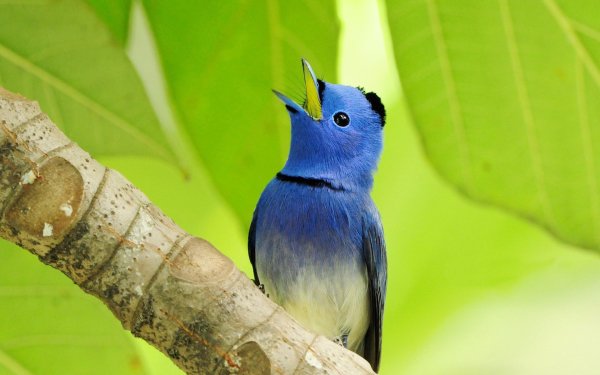
The skrip sound of these birds is short and sudden. These birds typically breed during the summer months, mainly from May to July, in India. Their nest, which is usually found in trees, has a cup shape and can hold two to three eggs. To add extra decoration, spider-egg cases are often incorporated into their nests.
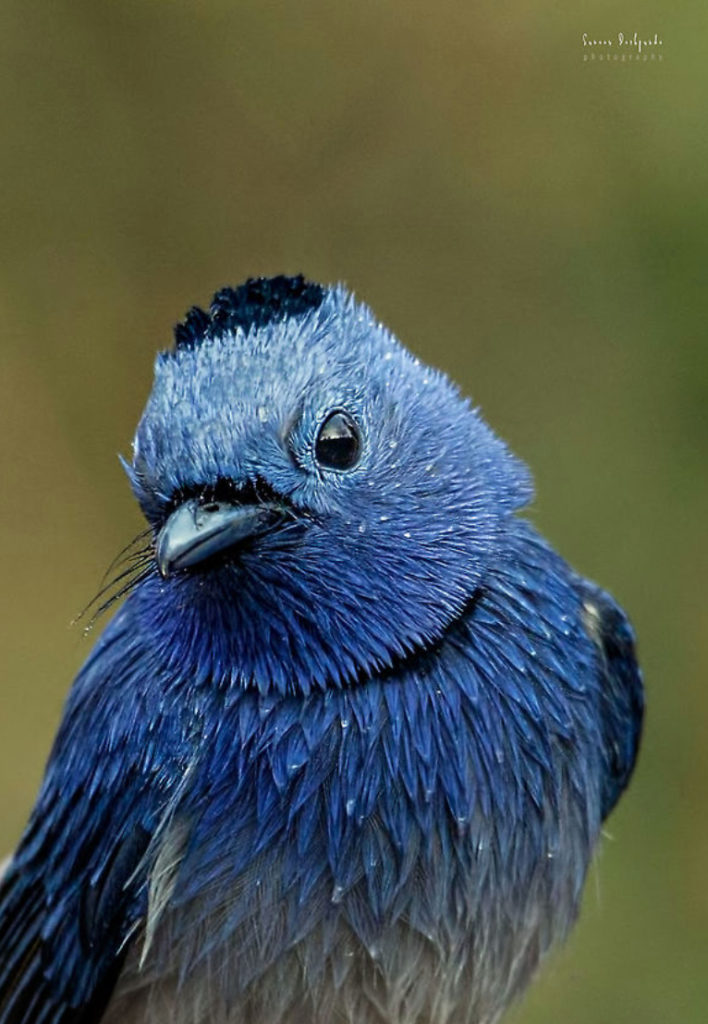
The black-naped monarch is a unique bird with short legs and an upright posture while perched, similar to that of a shrike. Its diet consists mainly of insects, which it catches by flycatching. When feeling threatened or alert, the feathers on its nape stand up in a pointed crest. These birds are social and often join mixed-species foraging flocks, playing a crucial role in such groups in the Western Ghats region. They are most active in the understory of forest canopies. A study conducted in Sri Lanka discovered that human activity and disturbance impact these birds, causing them to retreat from edges that have been disrupted by about 75 meters.
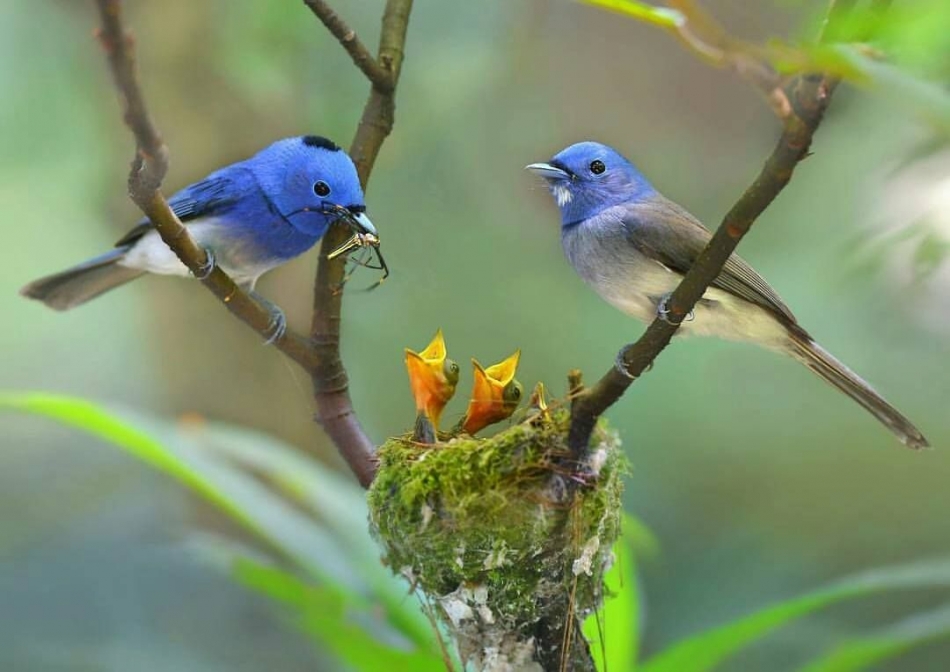
The black-naped Monarch bird has a unique way of parenting. The mother is responsible for building the nest while the father keeps guard. Both parents take turns incubating the eggs and feeding the young. If you’re interested, there’s a video available online that shows a black-naped Monarch bird feeding its chicks in their cozy little nest.
